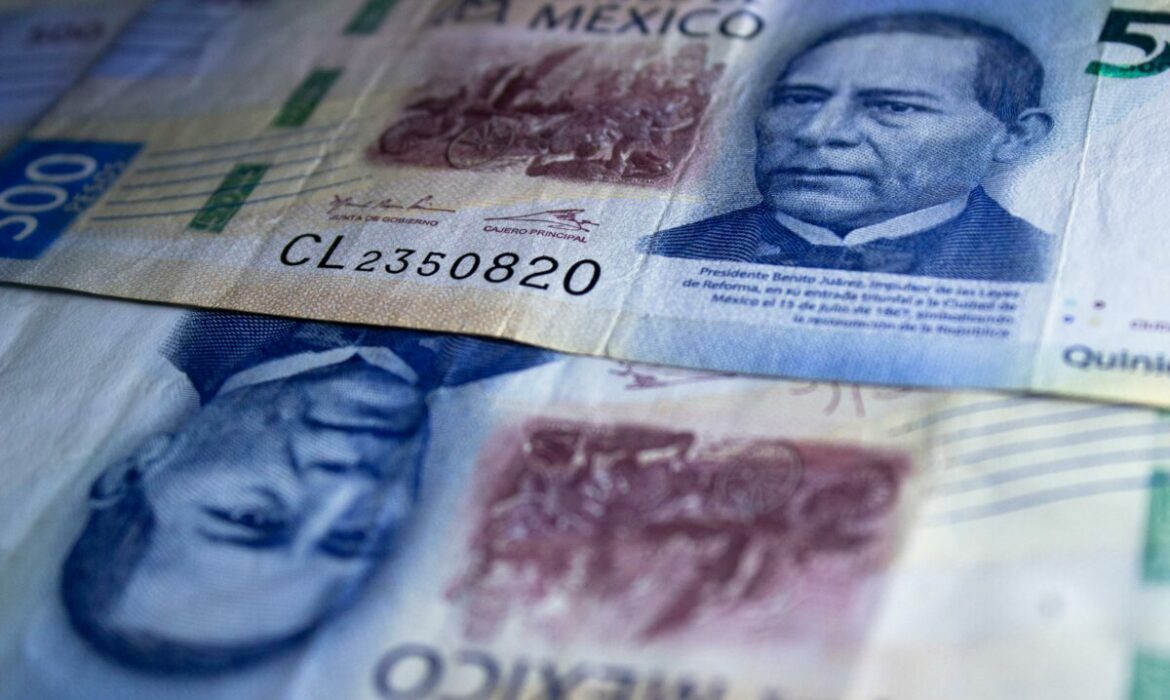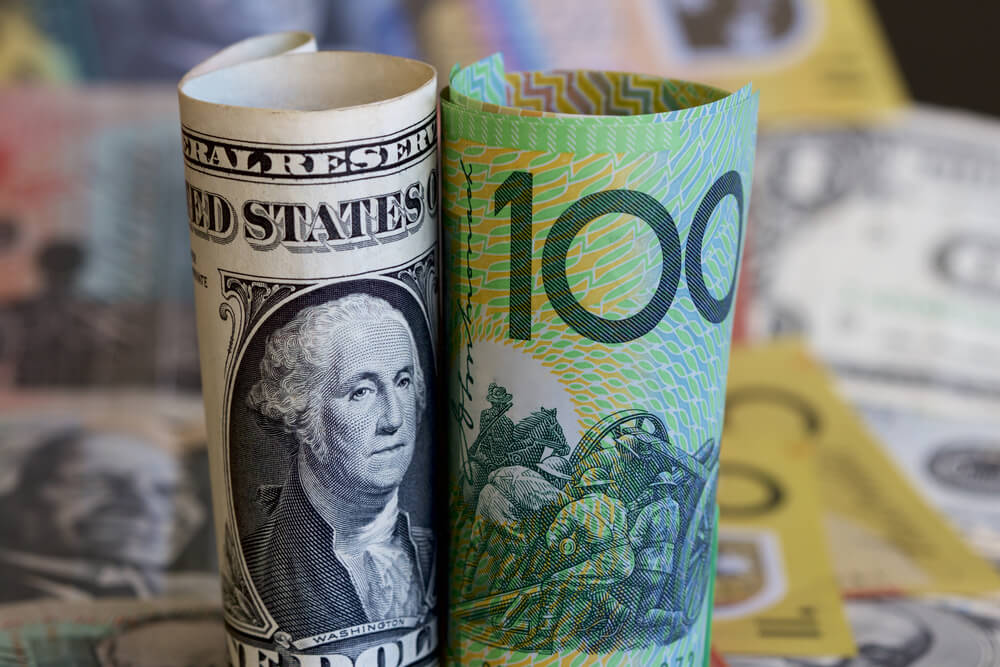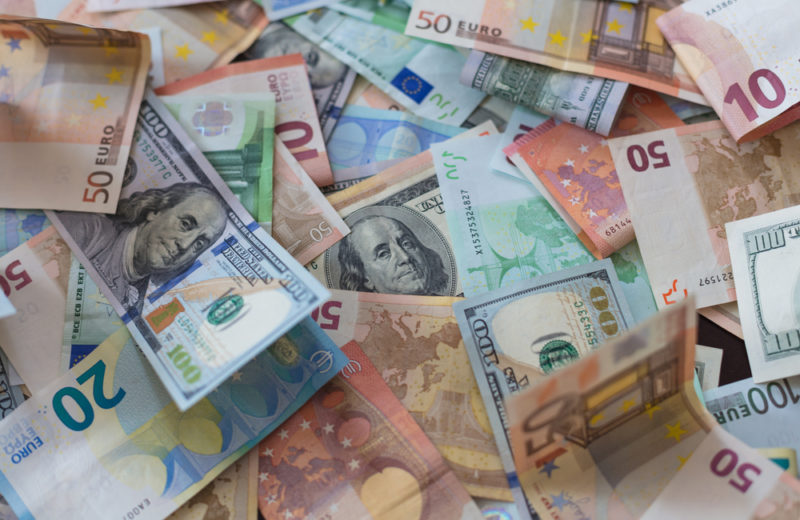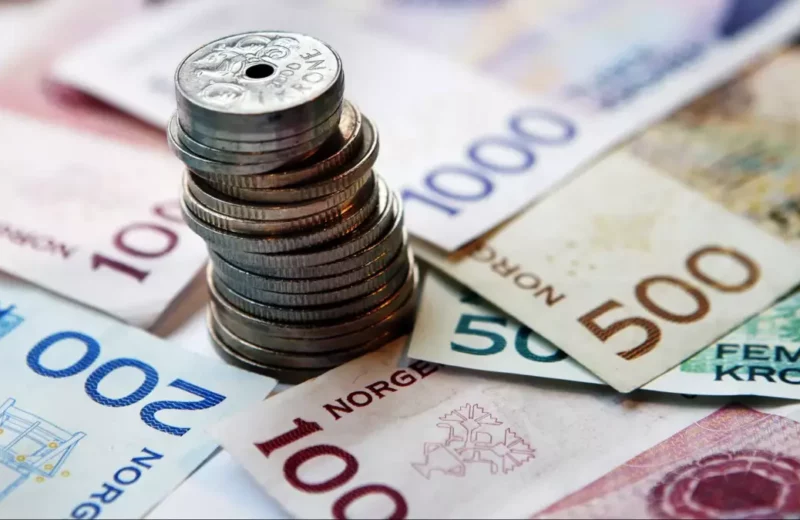Key Points:
- USD/MXN closed at 17.1268, down by 0.64%.
- The US Dollar Index increased by 0.67%, highlighting its strength at 106.28.
- US employment costs up by 1.2%, Mexican GDP growth at 0.2%.
In the latest trading session, the Mexican peso experienced a depreciation against the US dollar, closing at 17.1268 compared to the previous day’s rate of 17.0185. This shift represents an increase of 10.83 cents or 0.64%. Such movements in currency values are pivotal as they reflect broader economic sentiments and directly impact cross-border trade and investments.
DXY Climbs 0.67%, Demonstrating Dollar’s Resilience
Concurrently, the US Dollar Index (DXY), which measures the dollar’s strength against a basket of major currencies, saw an uptick. The index climbed by 0.67%, reaching a value of 106.28. This increase indicates the dollar’s continued resilience and appeal to investors, especially during global uncertainty. It highlights the intricate dynamics of forex markets where multiple factors, including geopolitical developments and domestic economic data, play significant roles.
USD/MXN Volatile, Trading from 16.9594 to 17.1455
The USD/MXN pair demonstrated notable volatility, with the exchange rate peaking at 17.1455 and dipping to a low of 16.9594 during the trading period. This volatility is largely attributed to the recent release of US economic data, which tends to instigate swift market reactions. Such fluctuations are critical for traders and economic analysts as they try to predict future market movements based on current data.
US Wages Up 1.2%, Mexico’s GDP Grows 0.2% in Q1.
The US employment cost index, a key indicator of wage inflation, reported a quarterly growth of 1.2%, surpassing the expected 1.0% and the previous quarter’s growth of 0.9%. This indicator exceeded expectations and suggests a possible rebound in economic inflation pressures. Meanwhile, Mexico’s GDP grew by 0.2% in the first quarter, modestly above the anticipated 0.0%. While this growth surpasses expectations, it also indicates a potential slowdown in the economy’s momentum.
Interest Rates Up by 40 BPS, Influencing US Economic Policy
US interest rates increased by 40 basis points, influencing the Federal Reserve’s expectations regarding future rate cuts. Interest rate increases, driven by positive economic indicators, have adjusted market expectations towards fewer cuts this year. This adjustment in interest rate forecasts is crucial as it impacts investment decisions, consumer spending, and overall economic planning.
















